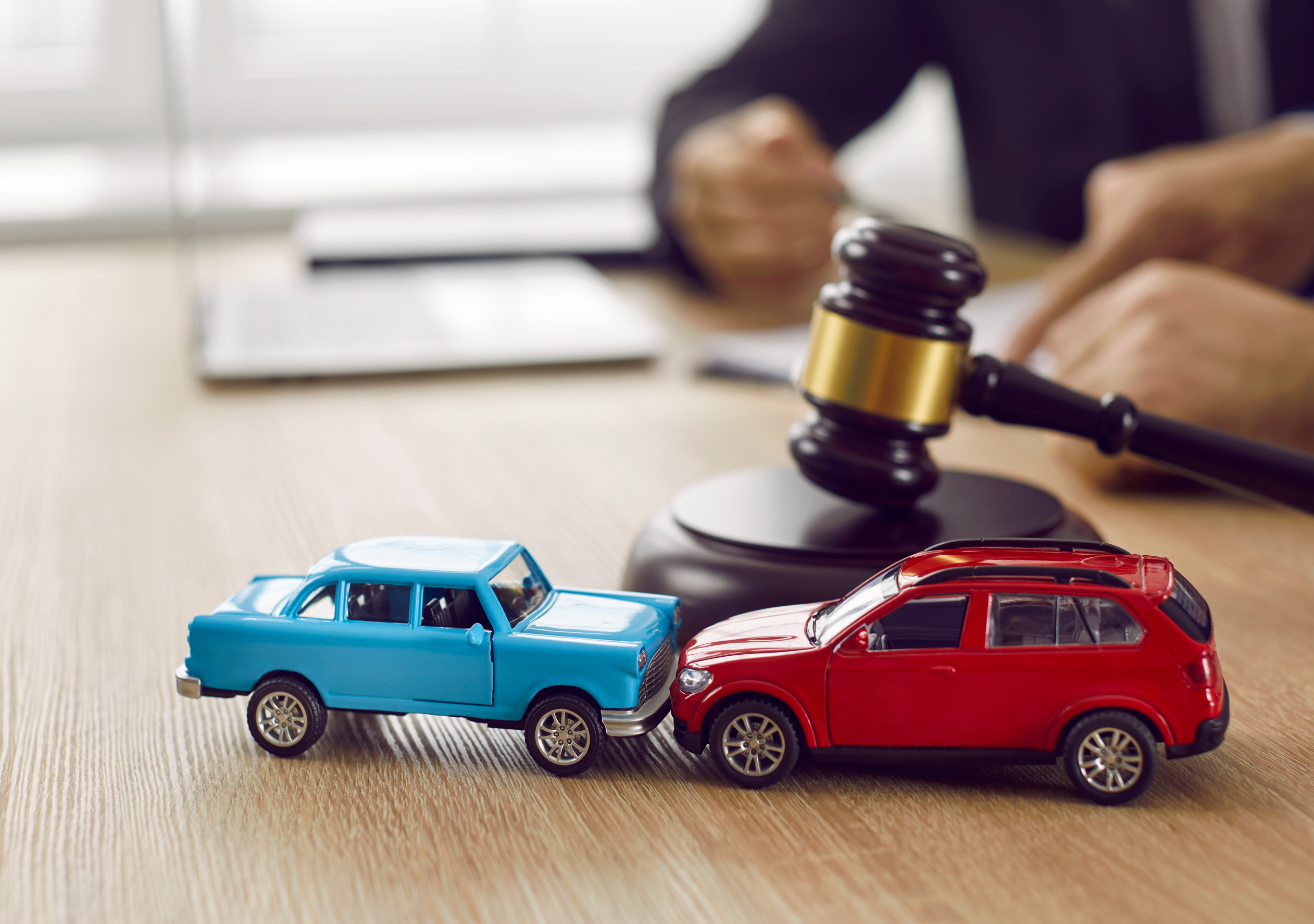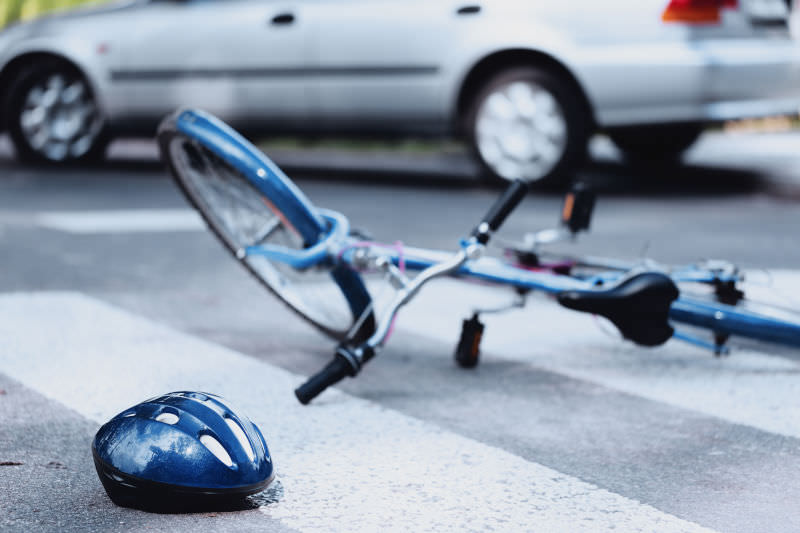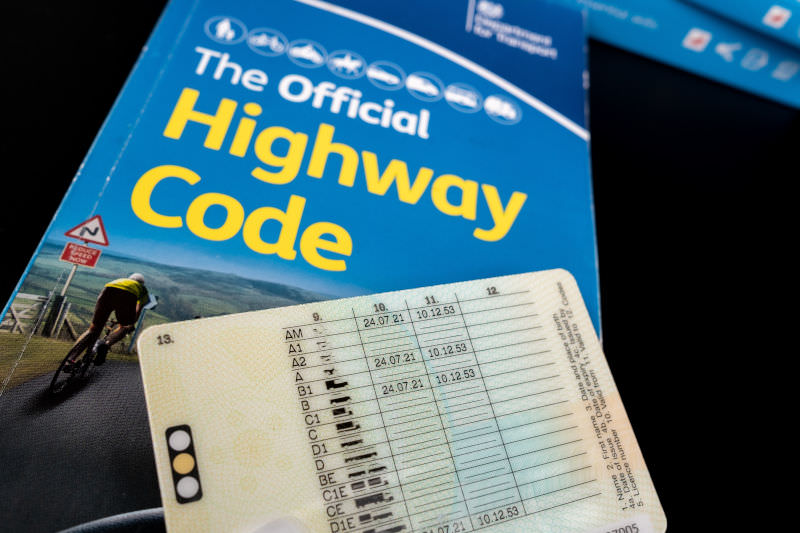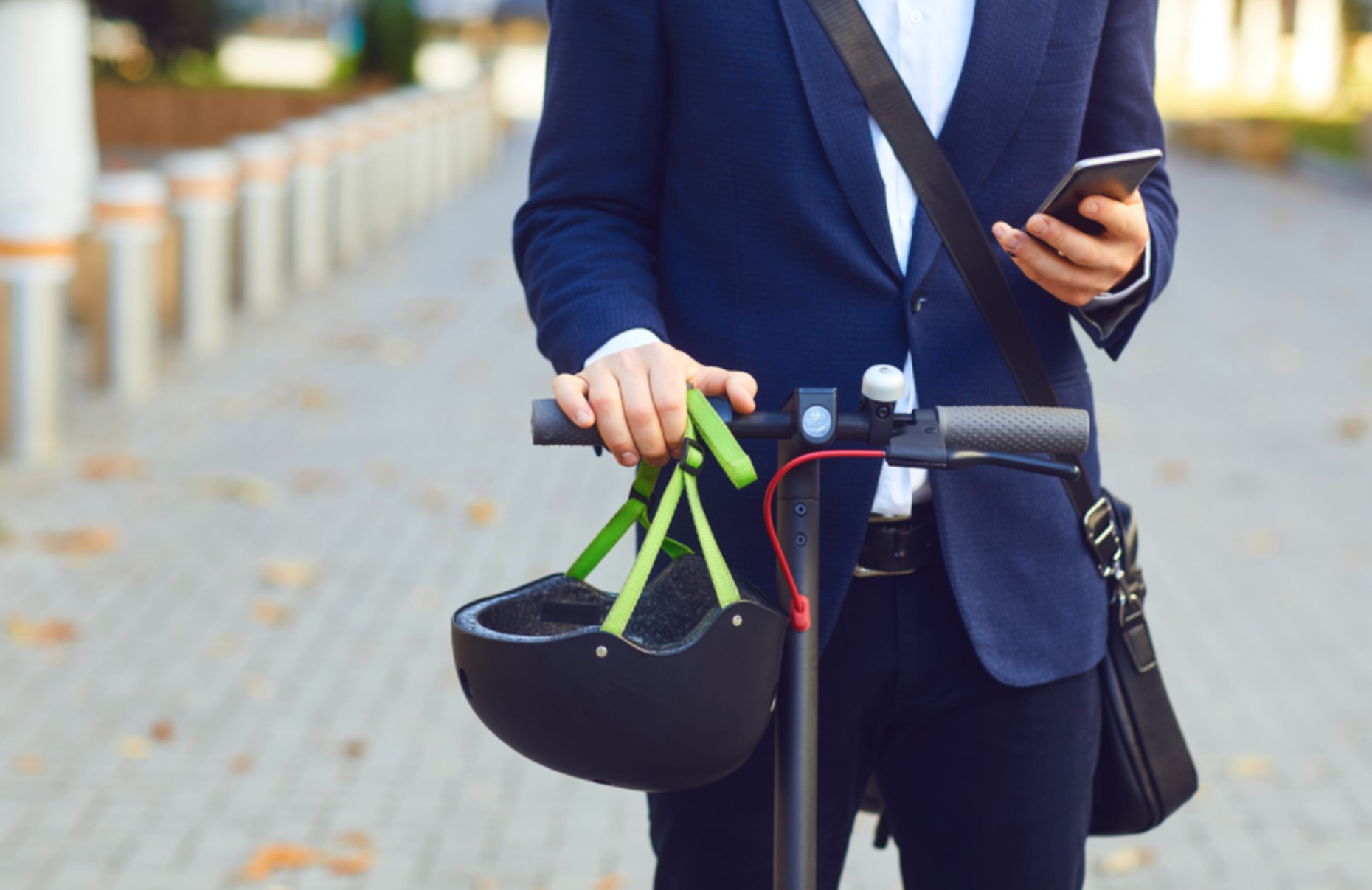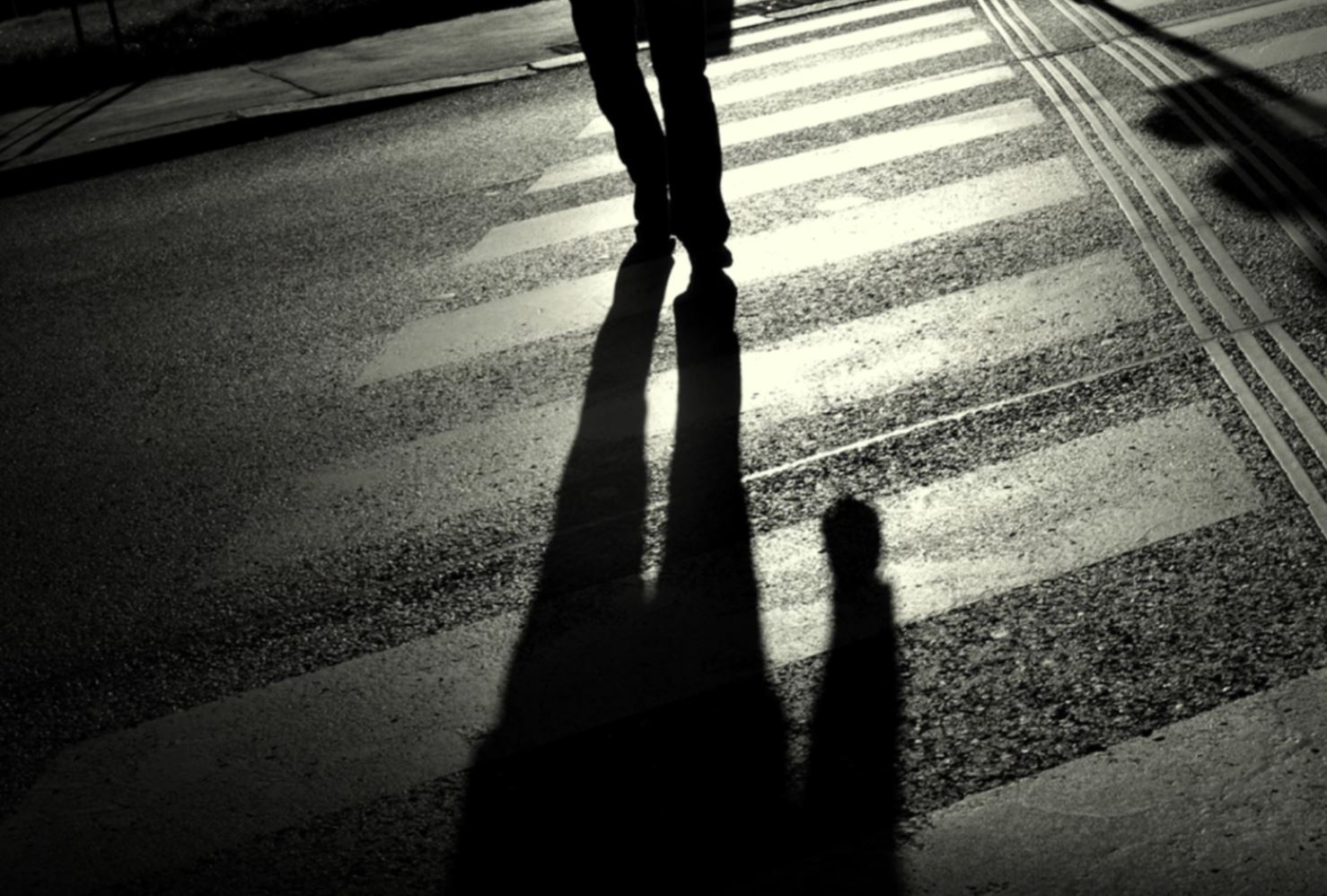Road traffic accidents can sometimes involve complicated circumstances, with each party blaming others for causing it. These arguments are less common in pedestrian accident claims – where a pedestrian has been injured by another road-user – but disputes over responsibility can still occur.
This happened in the case of Eagle v Chambers [2003] EWCA Civ 1107. A pedestrian walking in the road suffered serious injuries when she was hit by a car. It fell to the Court of Appeal to ultimately determine how responsibility for the accident should be split between them.
The facts of the case
At around 11.30pm, on 22nd June 1989, Ms Eagle was walking in the road of a dual carriageway in Great Yarmouth.
Ms Eagle, who was 17 at the time of the accident, had recently fallen out with her boyfriend and witnesses reported that she was in a very distressed state, walking unsteadily, and ignoring the warnings of passers-by to get out of the road. One driver of a car, who managed to avoid Ms Eagle, reported that she had been walking backwards along the broken white line in the centre of the road.
After Ms Eagle had been walking in the road for some time, she was hit by a car being driven by Mr Chambers. At the time she was hit, the court found that Ms Eagle had been walking in the offside lane, and she was hit by the front, offside of Mr Chambers’s car. Mr Chambers was breathalysed at the scene and found to be over the legal alcohol limit, although a later test at the police station indicated that he was actually slightly below the limit.
Ms Eagle suffered severe injuries from the collision, to such an extent that her subsequent personal injury claim had to be handled by a litigation friend. Liability for Ms Eagle’s injuries was disputed.
The initial court hearing
At the trial, the judge held that Ms Eagle was ‘substantially responsible for the accident’. He determined that she was 60% responsible, on the basis that she had chosen to place herself in a dangerous position and had stayed there (walking in the road) for a lengthy period of time. He found that despite her ‘drunk and emotional’ state, she had been sufficiently aware of her surroundings to appreciate the dangers, and that she presence of mind enough to understand the warnings of other people, even swearing at one of them in response.
Ms Eagle’s litigation friend appealed the decision, taking issue with the fact that the judge found Ms Eagle to be more responsible than Mr Chambers, and also that the judge was not entitled to find she had been drunk because the evidence did not support this.
The Court of Appeal
The case now came before the Court of Appeal. Lady Justice Hale noted that: “It is rare indeed for a pedestrian to be found more responsible than a driver unless the pedestrian has suddenly moved into the path of an oncoming vehicle.”
The court accepted that there was no evidence suggesting Ms Eagle had moved or stumbled in front of Mr Chambers’s vehicle at the last moment. Nor was there any evidence sufficient to conclude Ms Eagle had been drunk, though she had been in a highly emotional state.
On the facts, the Court of Appeal accepted that holding Ms Eagle to be predominantly responsible for the accident was ‘plainly wrong’.
In reviewing how responsibility should be split between the parties, the court looked at two aspects:
- Whose actions contributed most to the accident occurring and to the injuries suffered (this aspect is often referred to as ‘causative potency’); and
- The respective blameworthiness of each party – i.e. who was most to blame for the accident?
With cases involving a vehicle and a pedestrian, the risk of harm they pose to others will be taken into account. A car is a potentially dangerous machine and has much greater capability to cause injury to others than the average pedestrian. This simple fact often imposes a higher degree of blame on drivers who have failed to adequately control their vehicle.
The court’s decision
The court held that Mr Chambers’s conduct had been more causatively potent on a number of grounds:
- The road had been wide, straight and well-lit.
- There were attractions and parked cars on either side of the road, so Mr Chambers should have been aware that pedestrians could be present in the road.
- There had been nothing to obscure Mr Chambers’s view of Ms Eagle.
- Ms Eagle had been in the road for some time, rather than suddenly stepping out into the road, and the court found at least two vehicles had avoided her without difficulty before the collision.
- There had been nothing to prevent Mr Chambers from taking avoiding action yet there was no evidence any attempt had been made.
Crucially, the court found that Mr Chambers would have failed to see and avoid even a blameless pedestrian.
However, the court accepted that Ms Eagle’s conduct had been blameworthy and had contributed to the accident and her injuries. In continuing to walk in the road and ignoring warnings from others, she had been careless of her own safety, and of the risk she might pose to motorists.
Even so, the court held Mr Chambers’s conduct to be equally, if not more blameworthy than Ms Eagle’s. He had drunk enough alcohol to impair his driving abilities and had evidently failed to keep a proper lookout and take any avoiding action.
The Court of Appeal therefore altered Ms Eagle’s share of responsibility from 60% to 40%. In practical terms, this would mean that any compensation Ms Eagle would receive for her injuries would be reduced by 40% instead of 60%.
Conclusion
The case gives an idea of the deliberations a court will make when assessing the relative responsibility of pedestrians and vehicle drivers involved in road traffic accidents. As you can see, much depends on the facts of the case itself, but the ideas of ‘causative potency’ and ‘blameworthiness’ are frequently employed.
It is also important to note that whilst courts recognise the vulnerability of pedestrians – especially when compared to other road-users like car drivers – pedestrians can still be held partly responsible for an accident in which they have been involved – sometimes even completely in very rare circumstances.
If you would like to know more about pedestrian accident claims, please read our detailed claims guide.
Further Reading
From one of the UK’s most read legal blogs.


